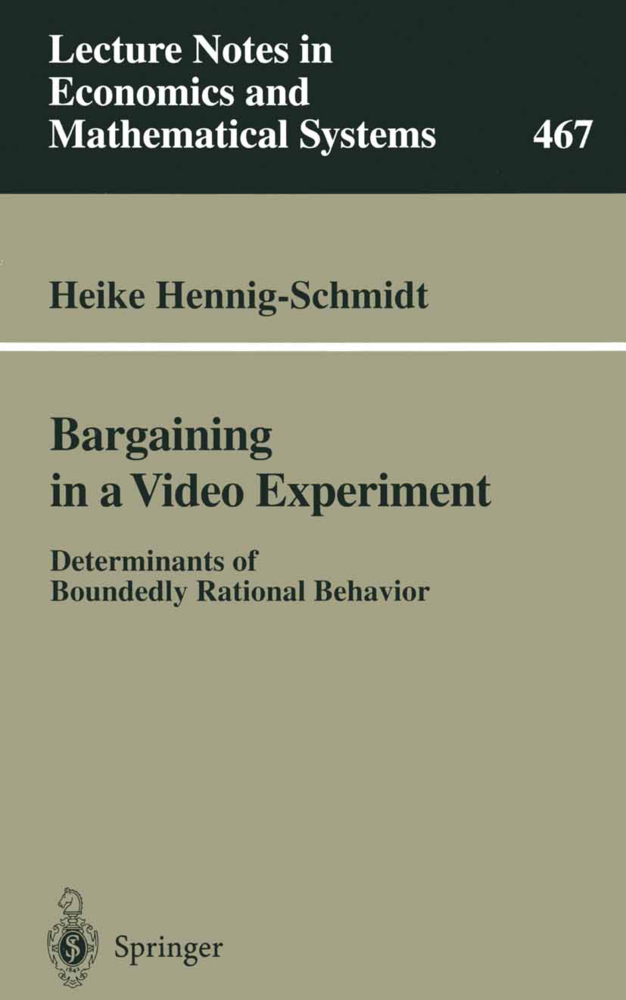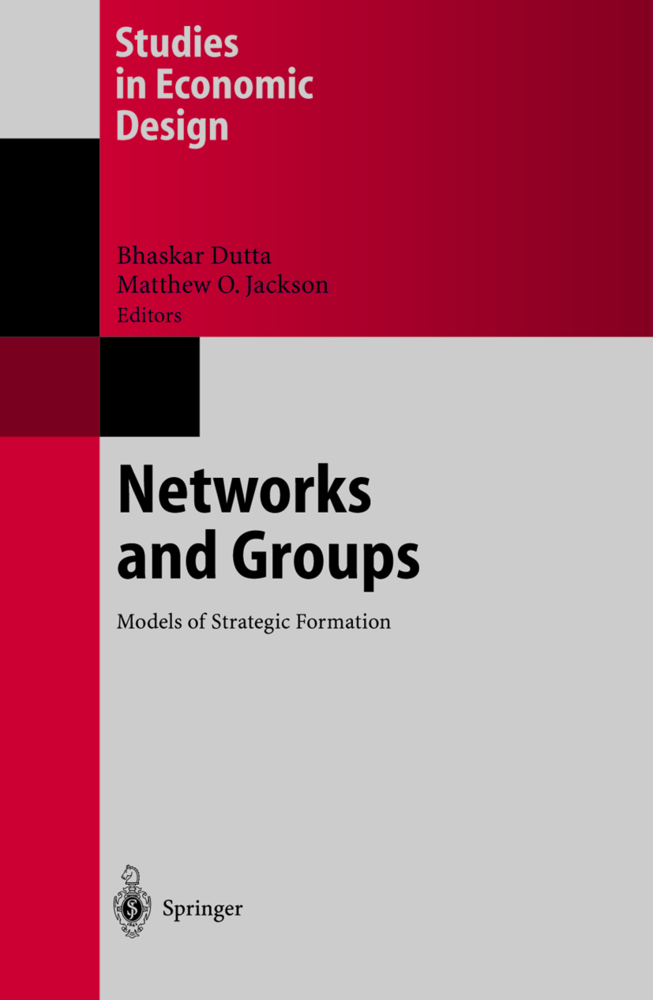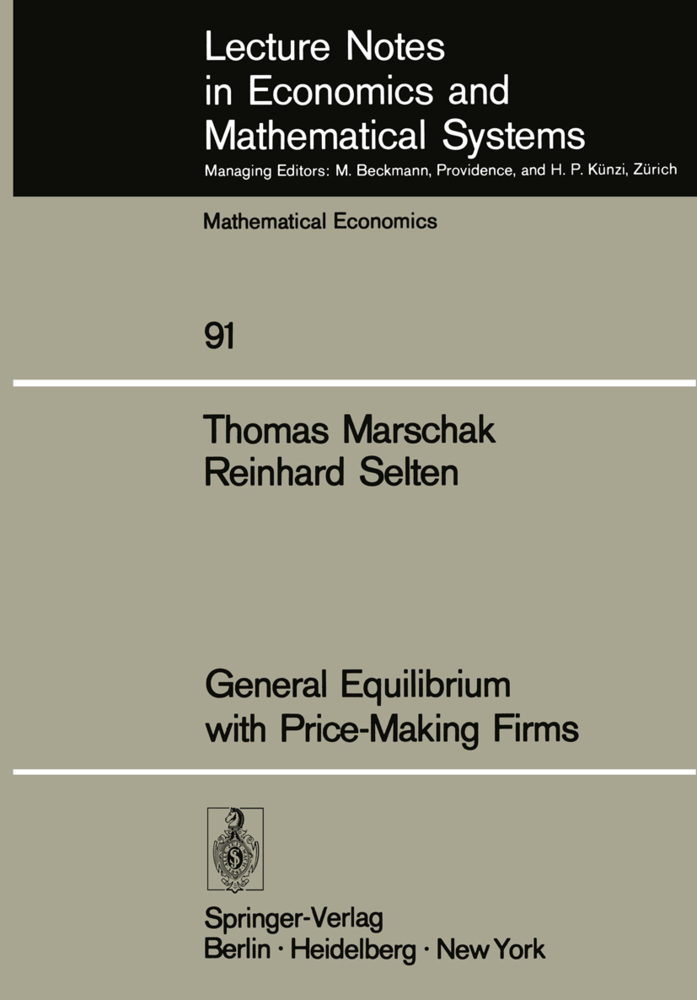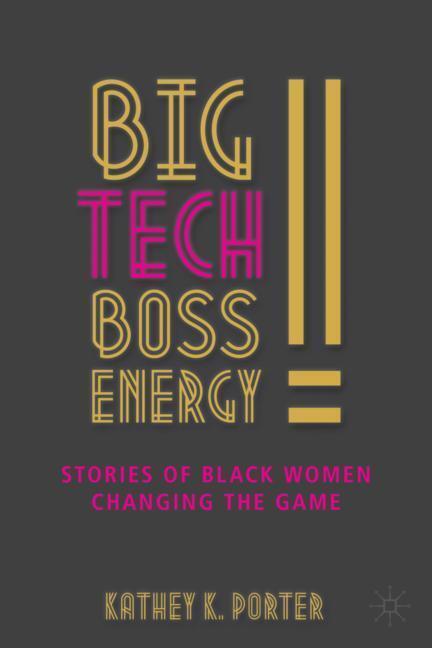Bargaining in a Video Experiment
Determinants of Boundedly Rational Behavior
Bargaining in a Video Experiment
Determinants of Boundedly Rational Behavior
Bilateral bargaining situations are of great importance in reality. Traditional microeconomics, however, make cognitive and motivational assumptions of subjects` full rationality that are revealed as being unrealistic by a growing number of experimental investigations. The present book adds an important contribution to the understanding of principles of boundedly rational behavior by directly observing groups of subjects in a decision situation and videotaping their discussions. A very important result of the book is that the behavior of subjects is guided by aspirations regarding the final outcome. The levels of aspirations are influenced by prominence and different forms of the equity principle resulting in several fairness norms as to the allocation of the amount of money to be divided. Another important feature of the book stems from the analysis of break off discussions and enables a motivational explanation of the emergence of breakdowns in bargaining.
2 Description of the Experiment
2.1 Experimental Design
2.2 Organizational Features
3 Data and Evaluation
3.1 Experimental Setup
3.2 Evaluation
4 Determinants of Boundedly Rational Behavior
4.1 Aspiration Levels
4.2 Prominence
4.3 The Equity Principle and Fairness
4.4 Motivations, Emotions, and Social Norms
5 Analysis of Payoffs and Proposals
5.1 Bargaining Models and Related Experiments
5.2 Payoffs
5.3 Proposals
5.4 Threats
5.5 Strategic Ideas
5.6 Conclusion
6 Equity and Prominence in Aspiration Levels and Proposals
6.1 The Equity Principle and Fairness
6.2 Prominence
6.3 Aspiration Levels
6.4 Proposals
6.5 The Negotiation Agreement Area - Comparison of Results
6.6 Other Aspiration Level Based Approaches Explaining Outcomes of Bargaining
6.7 Conclusion
7 Break Offs
7.1 Correlates of Break Off Discussions
7.2 Monetary and Nonmonetary Motives
7.3 Motivations
7.4 Reciprocity, a Social Norm with Two Faces
7.5 Emotions
7.6 Motivational Explanation of Potential and Actual Break Offs
7.7 Conclusion
8 Conclusive Remarks: How Do Business People Decide?
Appendices 137
A Introduction of Experimental Subjects
B Negotiation Processes
C Negotiation Processes of the Kuon-Uhlich-Experiment
D Allocations
E Formation and Adaptation of Aspiration Levels
F Break Off Discussions
G Questionnaire for Business People
References.
Content
1 Introduction2 Description of the Experiment
2.1 Experimental Design
2.2 Organizational Features
3 Data and Evaluation
3.1 Experimental Setup
3.2 Evaluation
4 Determinants of Boundedly Rational Behavior
4.1 Aspiration Levels
4.2 Prominence
4.3 The Equity Principle and Fairness
4.4 Motivations, Emotions, and Social Norms
5 Analysis of Payoffs and Proposals
5.1 Bargaining Models and Related Experiments
5.2 Payoffs
5.3 Proposals
5.4 Threats
5.5 Strategic Ideas
5.6 Conclusion
6 Equity and Prominence in Aspiration Levels and Proposals
6.1 The Equity Principle and Fairness
6.2 Prominence
6.3 Aspiration Levels
6.4 Proposals
6.5 The Negotiation Agreement Area - Comparison of Results
6.6 Other Aspiration Level Based Approaches Explaining Outcomes of Bargaining
6.7 Conclusion
7 Break Offs
7.1 Correlates of Break Off Discussions
7.2 Monetary and Nonmonetary Motives
7.3 Motivations
7.4 Reciprocity, a Social Norm with Two Faces
7.5 Emotions
7.6 Motivational Explanation of Potential and Actual Break Offs
7.7 Conclusion
8 Conclusive Remarks: How Do Business People Decide?
Appendices 137
A Introduction of Experimental Subjects
B Negotiation Processes
C Negotiation Processes of the Kuon-Uhlich-Experiment
D Allocations
E Formation and Adaptation of Aspiration Levels
F Break Off Discussions
G Questionnaire for Business People
References.
Hennig-Schmidt, Heike
| ISBN | 978-3-540-65415-5 |
|---|---|
| Artikelnummer | 9783540654155 |
| Medientyp | Buch |
| Copyrightjahr | 1999 |
| Verlag | Springer, Berlin |
| Umfang | XII, 221 Seiten |
| Abbildungen | XII, 221 p. |
| Sprache | Englisch |











